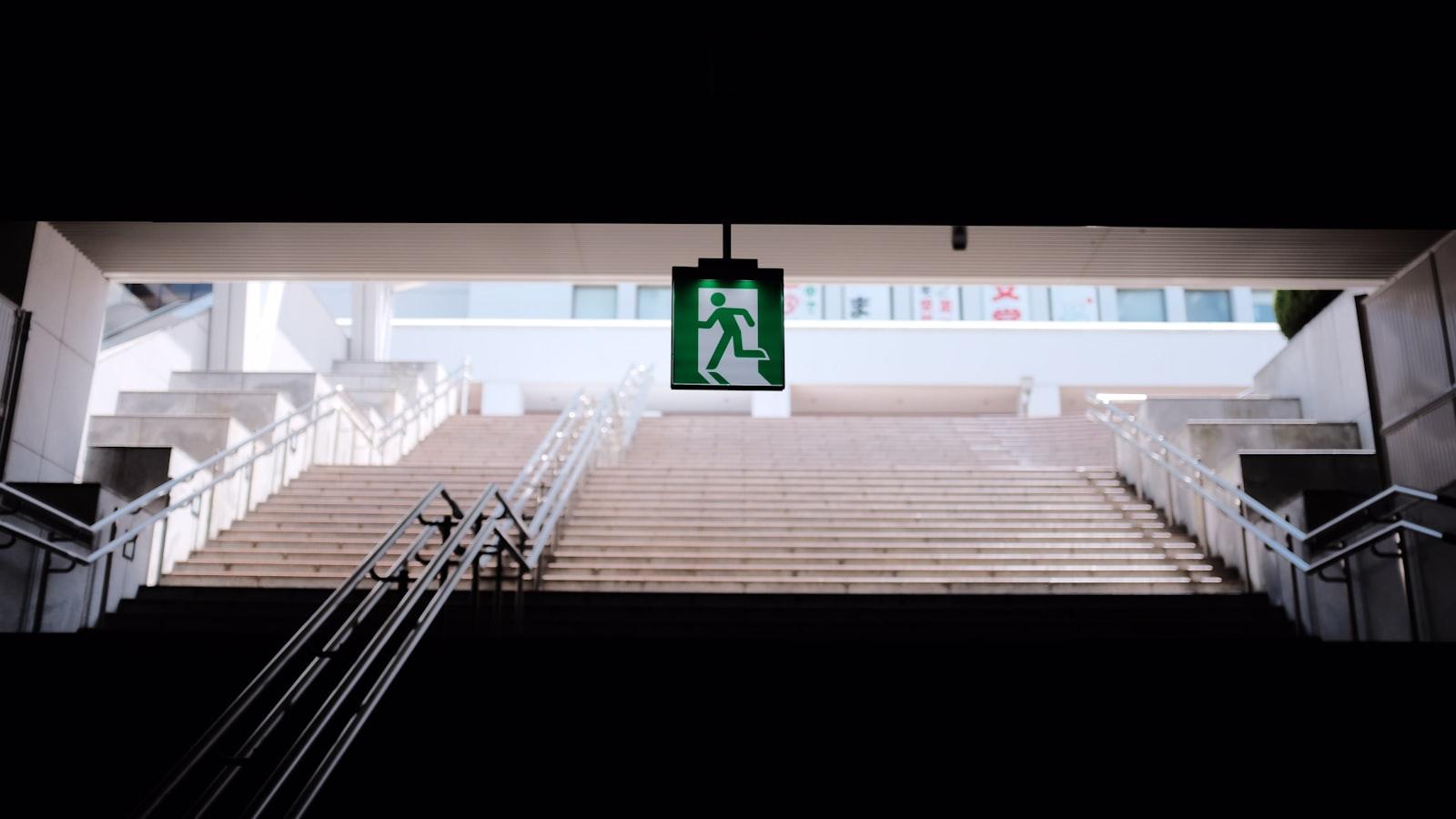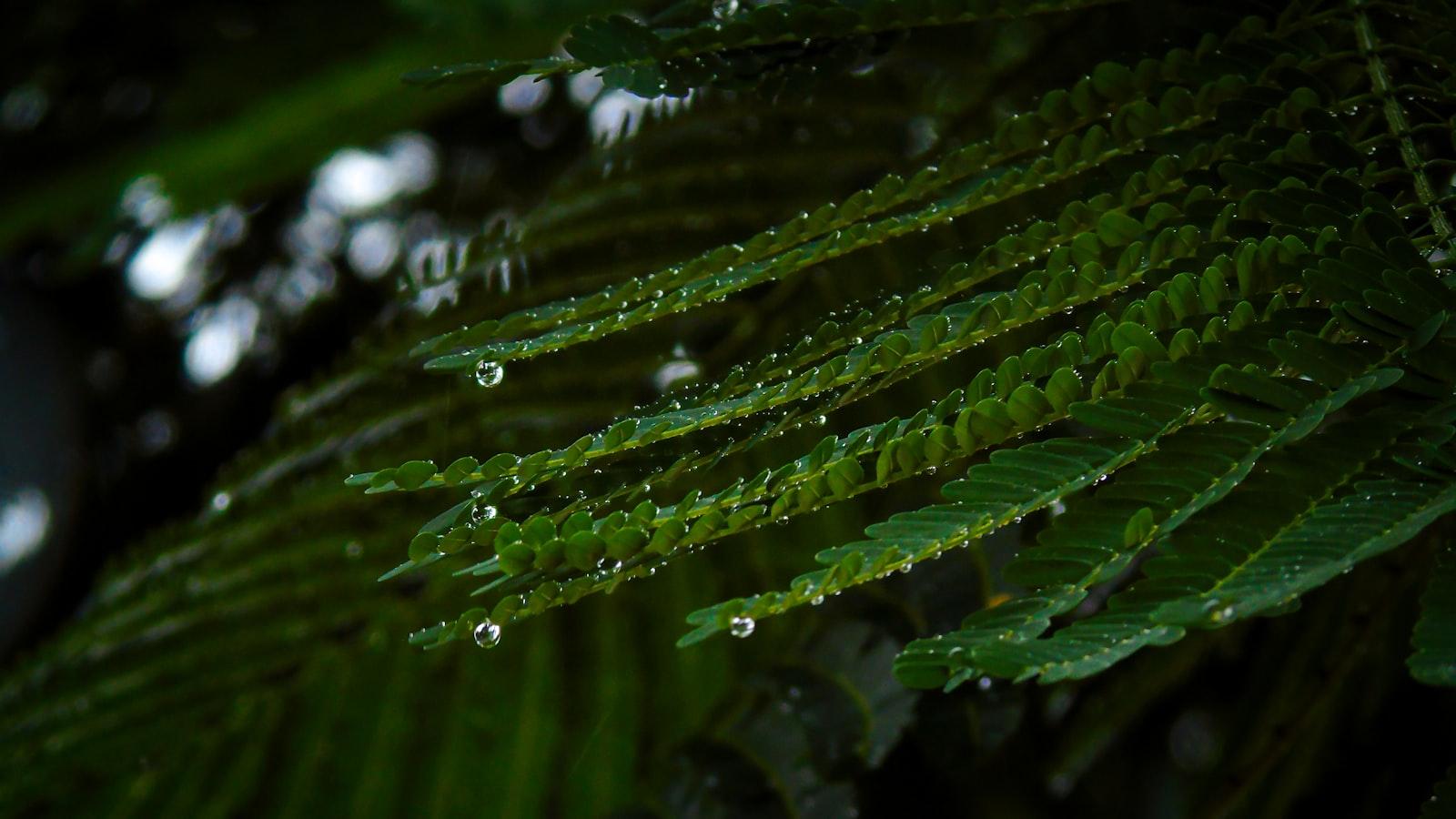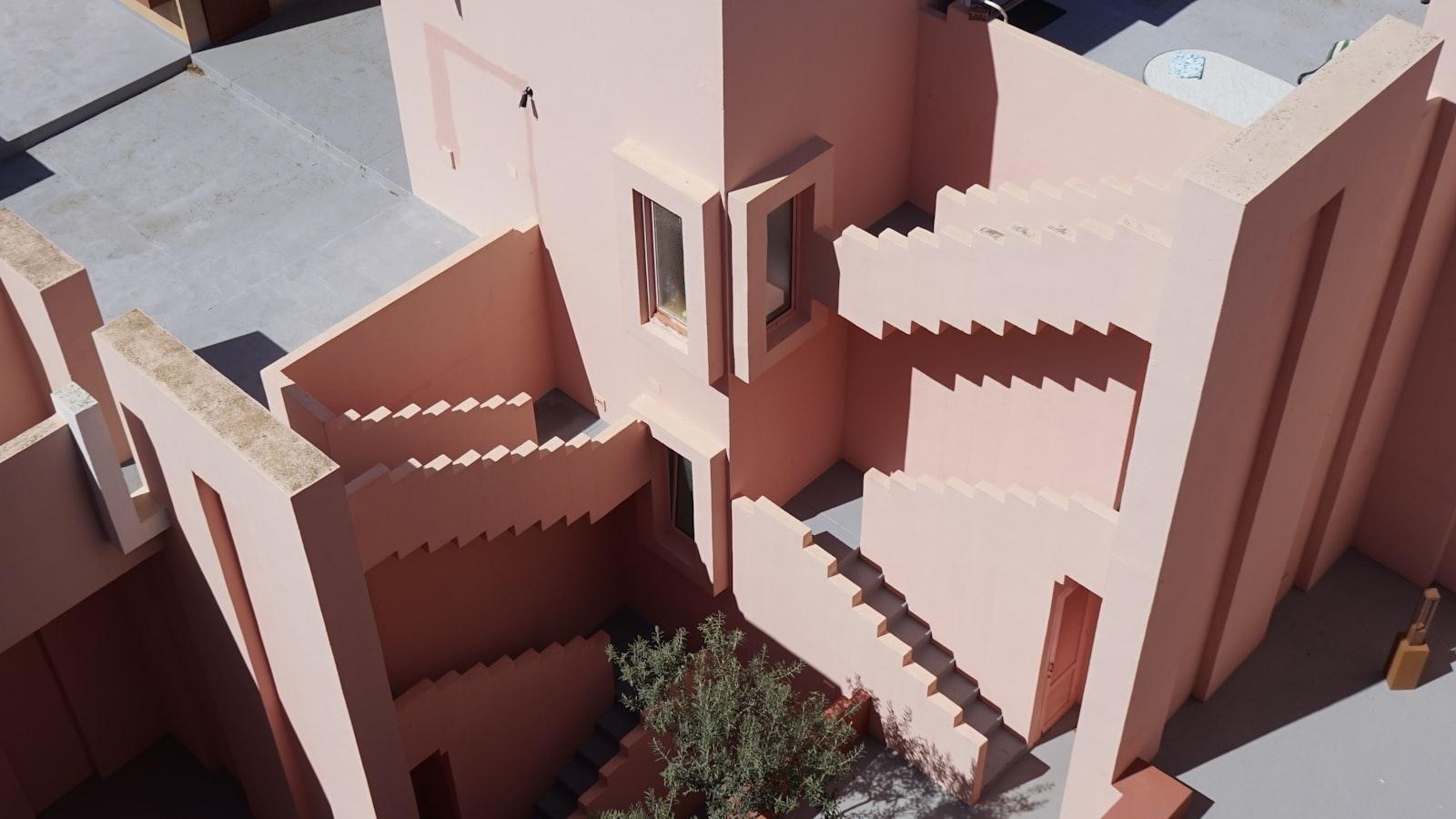Title:
Introduction:
The Minecraft community on YouTube has been thrown into trepidation recently, as the beloved game has made updates to its End User License Agreement and Commercial Guidelines. These changes have left content creators scrambling to adapt and navigate the new waters, leading some to question the future of Minecraft on the platform. In this blog post, we delve into the implications of these alterations and explore what this means for the Minecraft YouTube era.
One notable change affecting content creators is the prohibition on using the word “Minecraft” as the primary title of their videos. For instance, titles such as “Minecraft: The Ultimate Help App” are no longer permissible. This new restriction poses a challenge for creators who extensively rely on this trademark in their content to attract viewership.
Moreover, the guidelines now explicitly disallow creators from monetizing their content through exclusive member-only subscriptions, limiting their ability to generate revenue from their Minecraft-related videos. Additionally, the use of Minecraft assets such as logos and fonts in ways that endorse mods or unrelated servers is no longer permitted.
Furthermore, Minecraft has set regulations for servers, mandating that they are suitable for all ages and must display a disclaimer stating that they are not an official Minecraft product. These changes reflect the game’s commitment to ensuring a safe and authentic Minecraft experience for all players, but they also present further challenges for content creators who operate on tightly-knit, community-based servers.
This recent turn of events serves as a stark reminder to gaming content creators that their fate is oftentimes in the hands of the companies behind the games they love. As public figures in this digital landscape, they must constantly adapt to the shifting policies and guidelines set by these industry giants.
With all these changes in motion, the Minecraft YouTube era stands at a crossroads. Will content creators find a way to work within these new restrictions, or will this mark the end of an era? In the coming sections of this blog post, we will delve deeper into these topics and provide insights into the potential future of Minecraft content on YouTube. Stay tuned as we closely monitor the evolving situation and keep you updated.
– Changes in Minecraft’s End User License Agreement and Commercial Guidelines

Minecraft creators on YouTube find themselves in a bit of a quandary as Minecraft recently updated its End User License Agreement (EULA) and Commercial Guidelines. It seems there are several changes in store for content creators and streamers alike. One particular change that has caught the attention of many is that content creators can no longer use the word ”Minecraft” as the primary title of their video. It’s like a farewell to the era when Minecraft was the star of the show.
To give you a better understanding of the extent of these changes, Minecraft provided a few examples of what will no longer be allowed. Titles such as “Minecraft: The Ultimate Help App” or “The Shaft: A Minecrafters Podcast” will no longer fly under the new guidelines. These restrictions are certainly a blow to the creative freedom that content creators previously enjoyed.
Additionally, there is another significant change regarding the monetization of content. Creators can no longer put their content behind a members-only paywall. This means that fans will no longer have to pay to access exclusive Minecraft-related content. While this change may disappoint some creators, it does promote a more inclusive and accessible experience for Minecraft fans.
Furthermore, the use of Minecraft assets, including logos and fonts, is now limited in ways that promote mods, servers, or worlds unrelated to Minecraft. This change aims to maintain the integrity of the Minecraft brand and prevent confusion among users.
In terms of Minecraft servers, the updated guidelines require them to be suitable for all ages and include a mandatory entry process that includes a disclaimer stating that the server is not an official Minecraft product. These changes ensure that players have a safe and appropriate experience when exploring different Minecraft servers.
These alterations serve as a crucial reminder to gaming content creators that, ultimately, their creative ventures are subject to the decisions and guidelines set by the companies behind these games. It’s a constant dance between adapting to new rules and relying on the goodwill of the gaming companies.
As the Minecraft landscape continues to evolve, we will keep you updated on any further changes that may affect content creators in the ever-expanding world of YouTube. It’s a farewell to the old ways, but it opens up opportunities for creators to explore new and exciting avenues within the Minecraft universe.
– Impact on Minecraft Content Creators on YouTube

The landscape for Minecraft content creators on YouTube is going through a turbulent phase. Recently, Minecraft made some significant updates to their end user license agreement and commercial guidelines, which have caused a bit of trouble for creators. One of the most notable changes is that content creators on YouTube are now prohibited from using the word “Minecraft” as the primary title of their videos.
To shed light on this, Minecraft provided a few examples. Titles like “Minecraft: The Ultimate Help App” are no longer acceptable, while a creative gem like “The Shaft: A Minecrafters Podcast” can still pass muster. This change is aimed at ensuring that viewers understand that these videos are not official Minecraft content.
Furthermore, creators can no longer monetize their content through exclusive membership-only schemes. They are also restricted from using Minecraft assets, such as logos and fonts, in ways that promote mods, servers, or worlds unrelated to Minecraft. Minecraft now mandates that multiplayer servers cater to all ages and include a disclaimer stating that they are not official Minecraft products.
These changes are a clear reminder to gaming content creators that they are at the mercy of the decisions made by the companies behind the games they feature. It’s an important lesson in understanding that these companies have the final say on what is permissible and what is not. As the situation continues to evolve, we will keep you updated on any further developments that may impact Minecraft creators on YouTube.
Minecraft’s recent alterations to their end user license agreement and commercial guidelines are having a profound impact on content creators on YouTube. Gone are the days when they could freely use the term “Minecraft” in their video titles. Likewise, monetizing content through members-only platforms and using Minecraft assets in certain ways are now off-limits. These changes serve as a stark reminder to gaming content creators of the delicate balance between their creative freedom and the rules set by game companies. Stay tuned for more updates as the landscape continues to shift.
Below is a simplified depiction of the restrictions imposed on Minecraft content creators on YouTube:
| Restriction | Details |
|---|---|
| Title Usage | Primary video titles cannot include the term ”Minecraft,” with only limited exceptions for creative titles like “The Shaft: A Minecrafters Podcast.” |
| Monetization | Content creators can no longer paywall their videos or offer exclusive membership-only content. |
| Asset Usage | Minecraft assets such as logos and fonts cannot be used to promote mods, servers, or worlds unrelated to Minecraft. |
| Server Requirements | Multiplayer servers must be suitable for all ages and include a disclaimer stating that they are not official Minecraft products. |
Keep in mind that this is just a snapshot of the changes, and further details may emerge. It’s essential for Minecraft YouTubers to adapt to these revisions and ensure compliance with the updated guidelines.
- Recommendations for Minecraft Content Creators in the YouTube Era

The Minecraft YouTube era has seen its fair share of challenges for content creators, and recent changes in Minecraft’s end user license agreement and commercial guidelines have added to the uncertainty. One major change is that content creators on YouTube are no longer allowed to use the word ”Minecraft” as the primary title of their videos. This means that creators will have to come up with creative ways to catch the attention of their audience without directly using the game’s name.
To give you an idea, some examples of titles that are no longer acceptable include “Minecraft: The Ultimate Help App” and “The Shaft: A Minecrafters Podcast.” These changes highlight the need for content creators to think outside the box and find unique ways to showcase their Minecraft-related content.
In addition to the restrictions on titles, another important change is that creators can no longer charge for access to their content or create members-only content based on Minecraft assets. This means that creators will need to find alternative ways to monetize their content, such as through sponsorships or affiliate marketing.
Furthermore, Minecraft assets like logos and fonts can no longer be used in a way that promotes mods, servers, or worlds unrelated to Minecraft. This is to ensure that Minecraft content remains authentic and aligned with the Minecraft brand.
One specific change affecting Minecraft servers is that they must be suitable for all ages and include a disclaimer stating that they are not an official Minecraft product. This is to avoid any confusion or misrepresentation of Minecraft’s official servers.
These changes serve as an important lesson for gaming content creators. When you create content on YouTube centered around a video game, you are subject to the rules and decisions of the companies behind those games. It’s crucial to stay informed about any updates or changes in order to adapt your content accordingly.
As the landscape of Minecraft content creation continues to evolve, we will keep you updated on any further developments. Stay creative, stay engaged, and adapt to the ever-changing world of YouTube content creation.
Q&A
Q: What is the main issue faced by Minecraft creators on YouTube?
A: The main issue faced by Minecraft creators on YouTube is the recent lack of updates to Minecraft’s end user license agreement and commercial guidelines. These updates have brought about several changes that impact streamers and content creators.
Q: What is one specific change that affects content creators on YouTube?
A: One specific change that affects content creators on YouTube is that they can no longer use the word “Minecraft” as the primary title of their videos. The video provides a couple of examples to illustrate this point, stating that titles like “Minecraft: The Ultimate Help App” are not allowed.
Q: Are content creators still able to monetize their videos?
A: Yes, content creators can still monetize their videos. However, the update prevents them from putting their content behind a paywall or creating a members-only content situation. This means that they can no longer ask viewers to pay for access to their Minecraft-related content.
Q: What are the guidelines regarding the use of Minecraft assets like logos and fonts?
A: The guidelines state that Minecraft assets such as logos and fonts cannot be used in ways that promote mods, servers, or worlds that are not related to Minecraft. This ensures that these assets are used in a manner that is aligned with Minecraft’s brand.
Q: Are there any rules specific to Minecraft servers?
A: Yes, Minecraft servers must be designed for all ages and should include an entry process that includes a disclaimer stating that the server is not an official Minecraft product. This requirement ensures that players understand they are not engaging with an official Minecraft experience.
Q: What is the underlying message for gaming content creators?
A: The underlying message for gaming content creators is that when creating content on YouTube, especially revolving around a video game like Minecraft, they are at the mercy of the companies behind these games. These companies have the power to decide what is deemed acceptable and what is not. The video emphasizes the importance of staying informed as these guidelines continue to evolve.
Closing Remarks
In this thought-provoking YouTube video titled “”, we delved into the challenges faced by Minecraft creators on YouTube due to the recent updates in the end user license agreement and commercial guidelines of Minecraft. These changes have raised concerns for both streamers and content creators, sparking a wave of uncertainty within the Minecraft community.
One notable alteration is that content creators on YouTube are no longer allowed to use the word “Minecraft” as the primary title of their videos. This restriction may seem insignificant, but it carries significant implications for those who depend on the game’s popularity to attract viewers. Minecraft creators now have to think outside the block and find alternative ways to represent their content effectively.
Additionally, creators are no longer permitted to monetize their content solely by placing it behind a members-only paywall. Minecraft assets, including logos and fonts, can no longer be used in a way that promotes mods or other unrelated servers or worlds. Moreover, Minecraft servers are now required to be suitable for all ages and must display a disclaimer stating that they are not official Minecraft products.
These modifications serve as a stark reminder to gaming content creators that their art is heavily influenced by the decisions made by the companies behind the games they feature. They are subject to the ever-changing rules and regulations set forth by these entities. It is a testament to the inherent volatility of creating content centered around video games.
As we conclude this captivating discussion, it is essential for Minecraft creators and content creators in general to stay abreast of these developments. The evolving landscape of the gaming industry demands constant adaptation and innovation. We will continue to monitor and inform you about the latest updates and changes as they unfold.
In this ever-changing world, let us bid farewell to the Minecraft YouTube era and embrace new opportunities for growth and creativity. Remember, while challenges may arise, adaptability and resilience are the foundations upon which great content is built.


